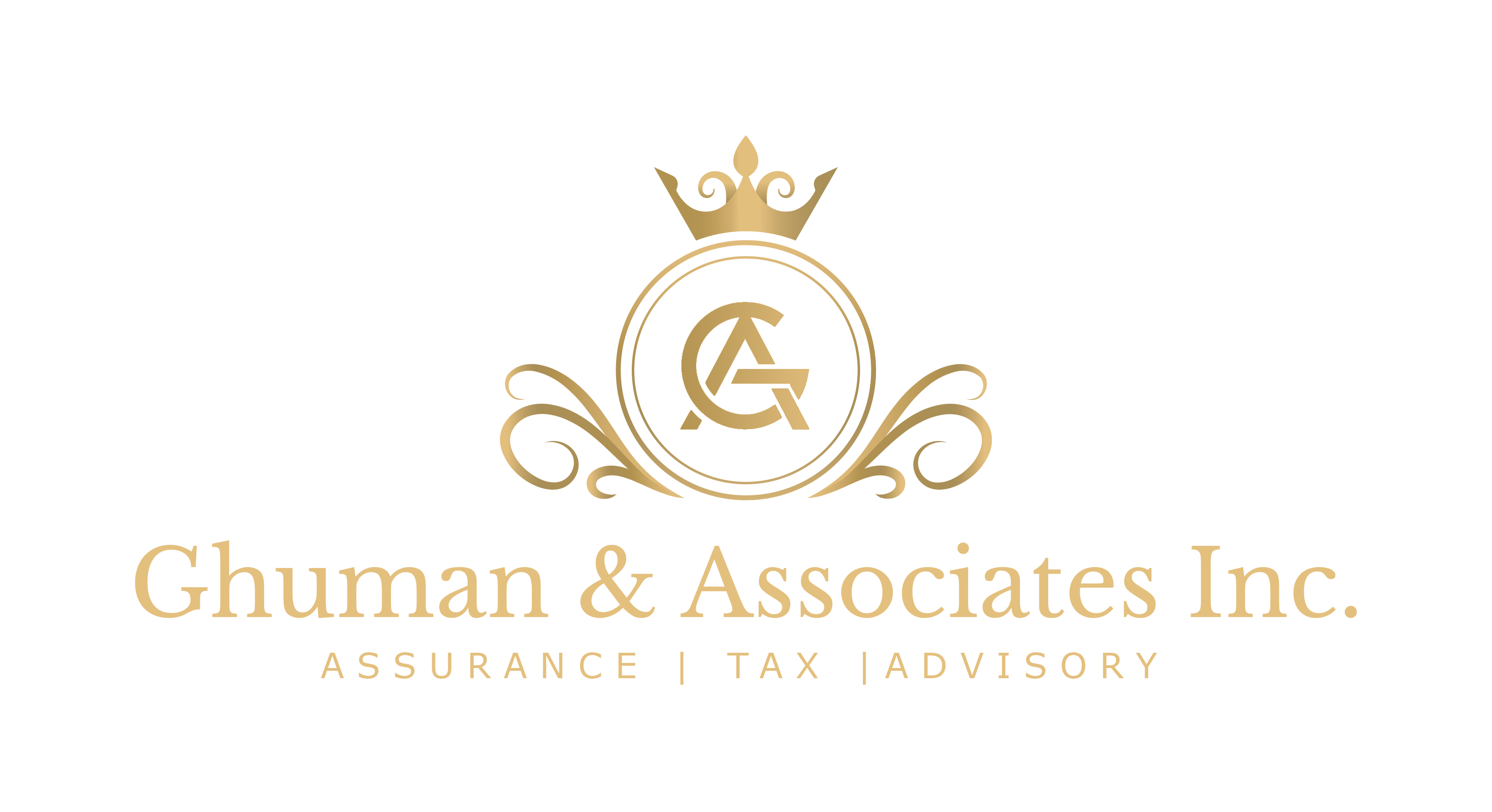[et_pb_section fb_built=\”1\” admin_label=\”section\” _builder_version=\”4.16\” global_colors_info=\”{}\”][et_pb_row admin_label=\”row\” _builder_version=\”4.16\” background_size=\”initial\” background_position=\”top_left\” background_repeat=\”repeat\” global_colors_info=\”{}\”][et_pb_column type=\”4_4\” _builder_version=\”4.16\” custom_padding=\”|||\” global_colors_info=\”{}\” custom_padding__hover=\”|||\”][et_pb_text admin_label=\”Text\” _builder_version=\”4.16\” background_size=\”initial\” background_position=\”top_left\” background_repeat=\”repeat\” global_colors_info=\”{}\”]If so, do you want to minimize your Canadian taxes on the future income to be generated from such overseas inheritance? If your answers to both questions are “yes”, you will have to initiate your planning process before the death of the person from whom the overseas inheritance is expected to come.
How is Canadian inheritance taxed in Canada?
In Canada, when a person dies, the deceased person is deemed to dispose of all of his/her assets to an estate at their fair market value immediately before the deceased person’s passing. The deceased person’s legal representative will have to file his/her final and optional returns to report all income, including the gains and losses from the deemed dispositions, for the period from January 1 of the year of death to the date of death. There are exceptions to these general rules for properties left to a spouse or common-law partner or a qualifying spouse trust.
An estate is a trust and is formed automatically upon the death of the deceased person to own all of his/her assets. If the deceased person owned a life insurance policy, the life insurance proceeds would be distributed to the name beneficiaries directly. Income earned on the estate assets should generally be reported in the estate’s return. Over time, the estate assets are to be distributed in accordance with the will of the deceased person and received by the beneficiaries of the estate free of Canadian taxes.
How is overseas inheritance taxed in Canada?
As noted above, inheritances whether from non-resident relatives overseas or Canadians are not taxable income to the Canadian resident beneficiaries. However, as Canadian residents are subject to Canadian taxation on their worldwide income, any future income to be generated from such overseas inheritance will be subject to taxation in Canada. This is the case even if the overseas inheritance or the related income is not remitted to Canada.
If you need any assistance we are only a call away. Please contact our trusted advisor to review your situation.[/et_pb_text][/et_pb_column][/et_pb_row][/et_pb_section]
